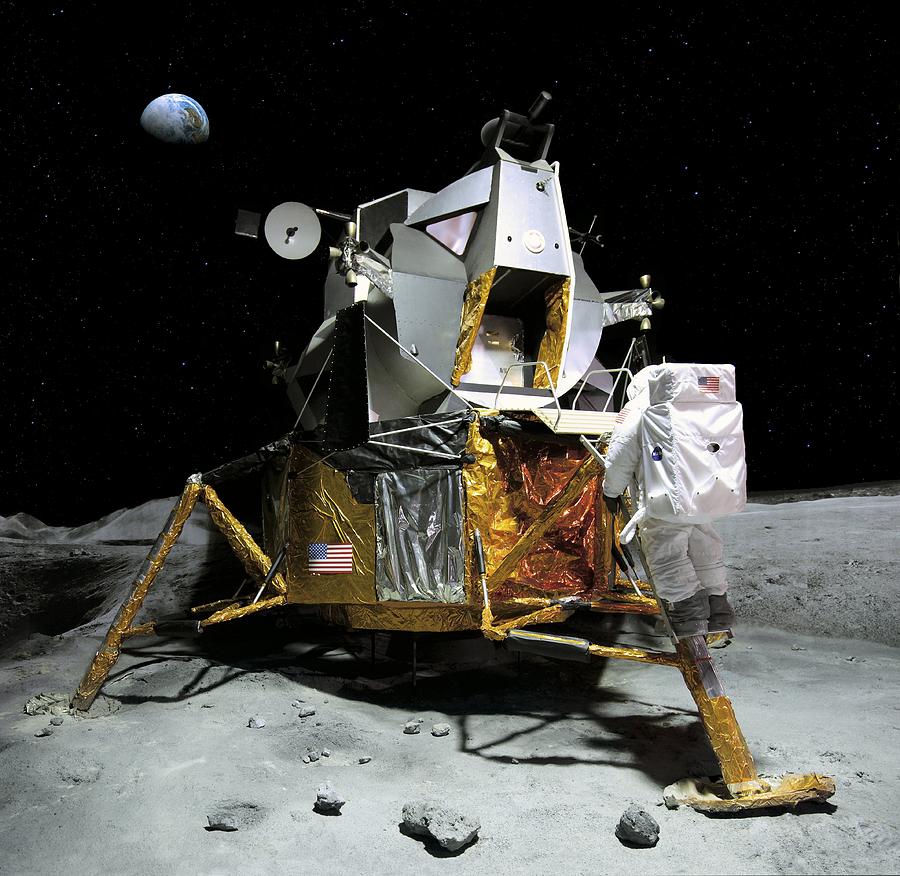The historic Odysseus lunar lander, the first American spacecraft to touch the Moon's surface since the Apollo 17 mission in 1972, signed off with a poignant final image. As the lunar night descended, the lander, developed by private space exploration company Intuitive Machines, transmitted a picture showcasing the desolate lunar landscape and a distant Earth, bathed in sunlight and appearing as a thin crescent against the black void.
This captivating image, a stark contrast between the starkness of the Moon and the fragility of our blue planet, marked the end of the short but impactful Odysseus mission. While the lander's operations were cut short due to technical challenges, it successfully completed its primary objective – delivering a scientific payload to the lunar surface.
The mission served as a significant milestone in the history of space exploration. It demonstrated the growing capabilities of private companies in pushing the boundaries of space travel, paving the way for future collaborative efforts between public and private entities in lunar exploration endeavors.
Beyond its scientific achievements, the mission captured the global imagination through the power of imagery. The final image, dubbed "Earthrise 2.0" by some, evoked memories of the iconic "Earthrise" photograph captured by Apollo 8 astronauts in 1968. It served as a powerful reminder of the vastness of space and humanity's place within it, sparking conversations about our responsibility towards our fragile planet.
The Odysseus mission, though brief, has left a lasting impression. It not only signifies a renewed era of lunar exploration but also highlights the potential of collaborative efforts in propelling humanity's journey further into the cosmos. The final image, a testament to human ingenuity and the allure of the unknown, serves as a powerful symbol of our enduring fascination with the universe and our place within it.

